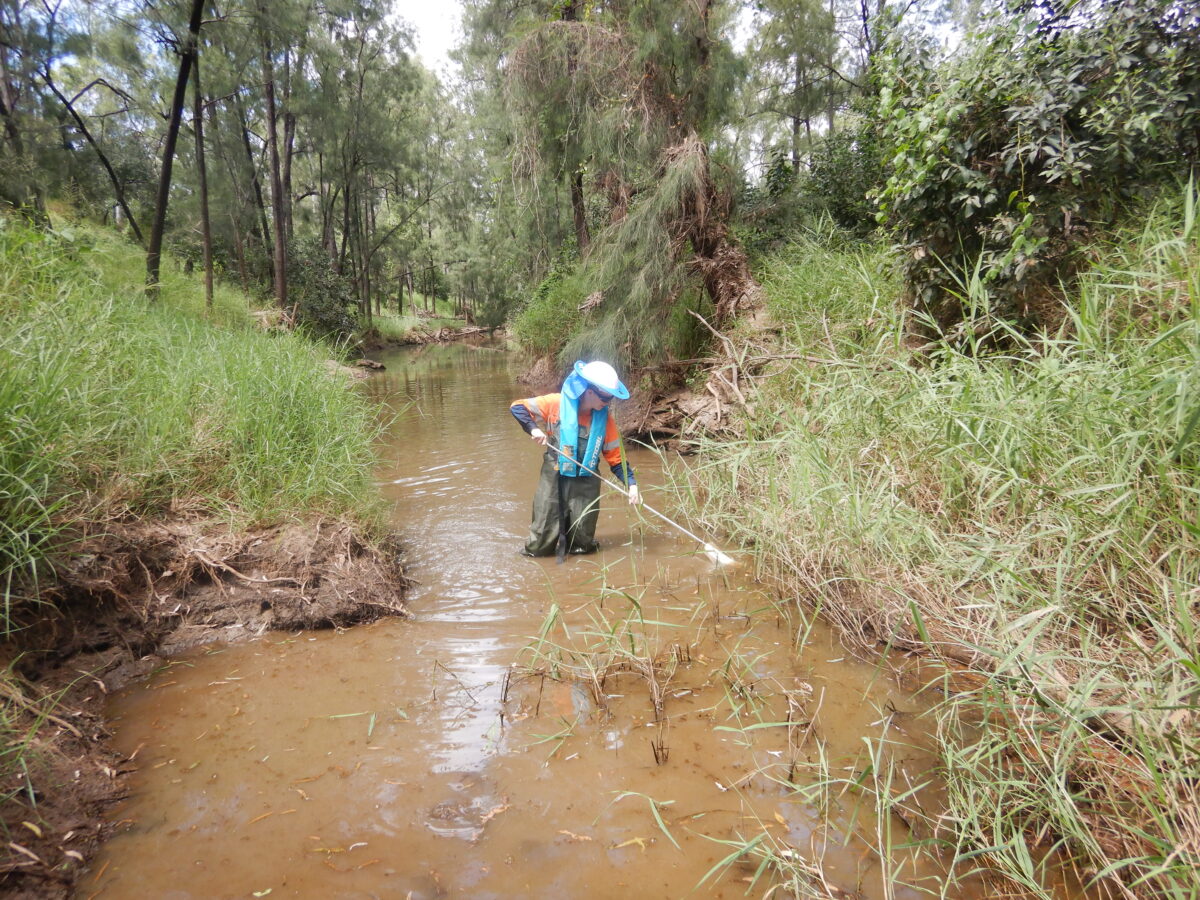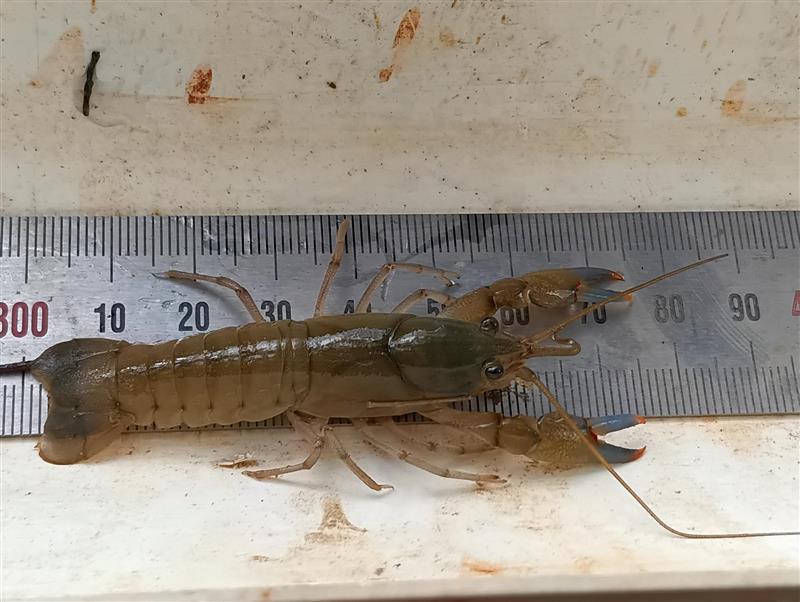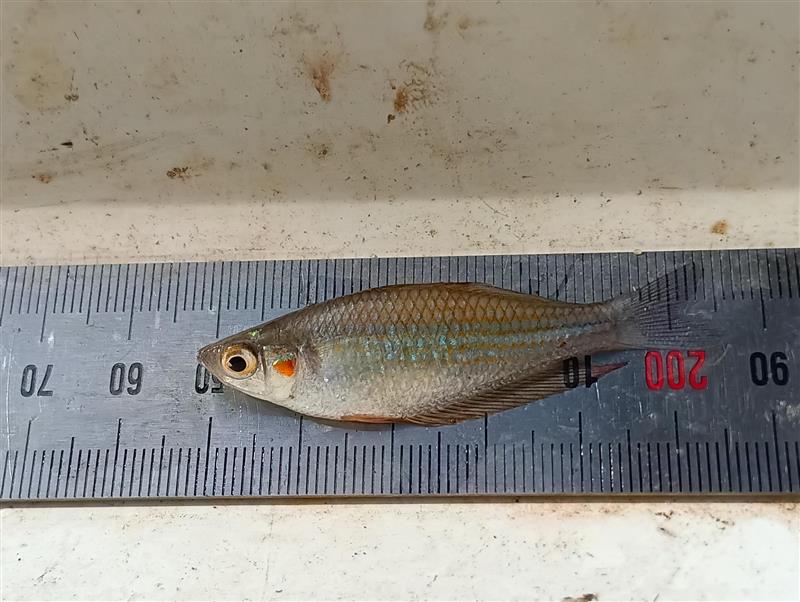The water management initiatives being implemented at OCC are leading practice and align with Glencore’s water management strategy for its Queensland coal operations. These include handling weather extremes, using water efficiently, and recycling water wherever possible, including via a purpose-built Reverse Osmosis Water Treatment Plant for treatment of mine-affected legacy pit water.
As part of its operations to manage site water inventories, OCC releases water into the Oaky Creek catchment when conditions are suitable and both receiving creek and release water requirements are met. In line with its Environmental Authority (EA), OCC engages an independent consultant – Hydrobiology – to undertake the necessary Receiving Environment Monitoring Program (REMP) monitoring to assess any potential disturbances that may result from the authorised releases.

Tieri News spoke with Justin Cutajar, Principal Scientist at Hydrobiology, to understand what REMP monitoring involves, how it’s carried out, and Hydrobiology’s key findings…
In accordance with State and National guidelines, Hydrobiology assesses multiple lines of evidence, looking at:
1. the physical habitat and characteristics of the creeks, including types of aquatic habitats and their condition
2. the chemical features of the water and sediment, including any potential contaminants
3. the potential flow on effects or disturbances to the aquatic biota (the organisms living in or depending on the aquatic environment)
We monitor multiple bioindicators including zooplankton (micro crustaceans), macroinvertebrates (without backbone), fish and macro crustaceans like freshwater prawns and yabbies, to gauge how healthy the overall creek systems are and if there have been any disturbances from the mine’s operations.
Together with OCC, we undertake sediment and aquatic biota sampling once a year and water sampling three or four times a year. This typically happens following rainfall events during the wet season because the Oaky Creek catchment has intermittent watercourses, meaning that they only have flowing water during, or shortly after, rain events.
It’s important to note that, because of where the creeks are situated, they are subject to influences outside of the mine, such as clearing, grazing and cropping, which can also influence the aquatic values. So, in addition to monitoring the evidence downstream from OCC, we also monitor the same parameters upstream to provide an understanding of the aquatic values and their condition beyond any influence of the mine for which potential disturbances can be gauged against.
We’re typically onsite for a week, based out of Tieri. We collect water and sediment samples and send them off to the lab for analysis. We catch macroinvertebrates with nets and stun fish with electrofishing equipment as it’s the least destructive to their wellbeing. We collect 100 fish of various species, measure and weigh each one, and assess its overall health, before safely returning them to the creek.
It typically takes two months for the results from our monitoring and analysis to come through.

KEY FINDINGS
The most recent results from our monitoring at Oaky Creek and Sandy Creek are consistent with the conditions of any intermittent system within an agricultural landscape.
Similarly, the species we found were consistent with ephemeral systems in these catchments, with lots of natives including rainbow fish, glass fish, spangled perch, freshwater prawns and yabbies.
Importantly, we didn’t record any differences downstream, compared to upstream. What this tells us, Oaky Creek Coal, and the local community, is that OCC’s mining operations are having no notable impact on the aquatic values of either Oaky Creek or Sandy Creek.
We’ll be back later this year and in 2025 to repeat our monitoring and ensure this doesn’t change.

Tieri considers the health and wellbeing of the community a priority. Due to the ongoing Coronavirus (COVID-19) pandemic we have created the Tieri Covid-19 Hub. Please subscribe if you would like to receive a notification when important information is updated on this site.